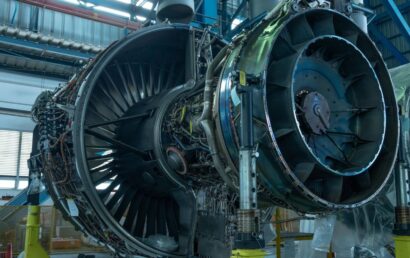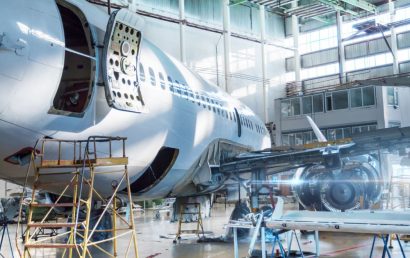Which Is Better For Aerospace Maintenance? Cold Or Thermal Spray
Many experts debate the advantages of cold vs thermal spray for aerospace maintenance. Many components of large commercial planes and spacecraft are subject to intense heat and wear and tear with each flight. Maintaining these components regularly is key to improving their reliability and lifespan.
Cold and thermal spraying are two technologies that can be used to provide protection for a wide variety of metals and materials. These spraying methods can also be used to repair aerospace components. Keep reading to learn more.
Both Spraying Methods Can Be Used in Aerospace Industry
Cold and thermal spraying are used in a multitude of industries, including aerospace, automotive, construction, manufacturing and others. Their main advantage is that they can perform high-quality repairs on a wide variety of materials. Repairing damaged or worn aerospace components is certainly more cost-efficient than purchasing brand new ones.
Both cold and thermal spraying technologies work by spraying tiny particles using different types of equipment. The process can be manual or fully automated and it deposits high amounts of particles on damaged components to prolong their lifespan.
At the same time, cold and thermal spraying can be used to make aerospace components more resistant to corrosion, oxidation, general wear and tear, excessive heat, freezing, and more.
Cold Spray Is a Newer Technology
Cold spraying might be a viable solution for aerospace businesses that need to reduce their carbon footprint and save resources. On top of providing advantages similar to thermal spraying, cold spraying is a “greener” technology that releases no toxic fumes and leaves little to no waste materials.
Also, components coated with this type of technology cannot be damaged by heat and they are better protected against oxidation. Although cold spraying has its limitations, it provides a suite of advantages that cannot be overlooked such as cost-efficiency, easy implementation, customization options, and more.
Thermal Spray Can Be an Alternative to Nickel Plating
Thermal spraying has been successfully used for decades to maintain and repair aerospace components. One of its main advantages is that it allows for high deposition rates and that’s why it can be an affordable alternative to nickel plating.
At the same time, thermal spraying can be used for chrome plating, anodizing processes and heat treatments. This technology is successfully used in a multitude of industries, particularly the aerospace business.
Cold Spraying Might Offer Enhanced Protection Against Oxidation
You might be happy to find out that cold spraying offers a better solution if materials and aerospace components need enhanced protection against oxidation. As mentioned earlier, cold spraying uses tiny particles that are much smaller in comparison to the ones produced by thermal spraying.
As a result, aerospace components benefit from a more dense protective coating and they are less likely to react with their surroundings. Elements such as air, water or debris don’t oxidize these components and this prolongs their lifespan and reliability.
At A&A Coatings, we strive to provide our clients with some of the best coating services available. Whether you’re interested in cold or thermal spraying, we sincerely advise you to speak with one of our specialists. We offer tailored spraying services at affordable prices that accurately fit the needs and requirements of your aerospace business.



